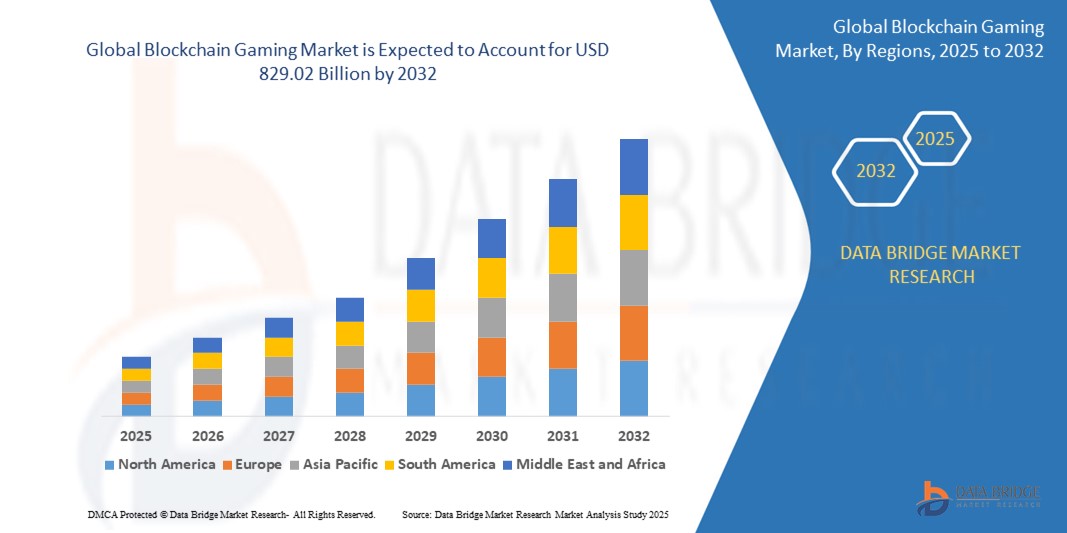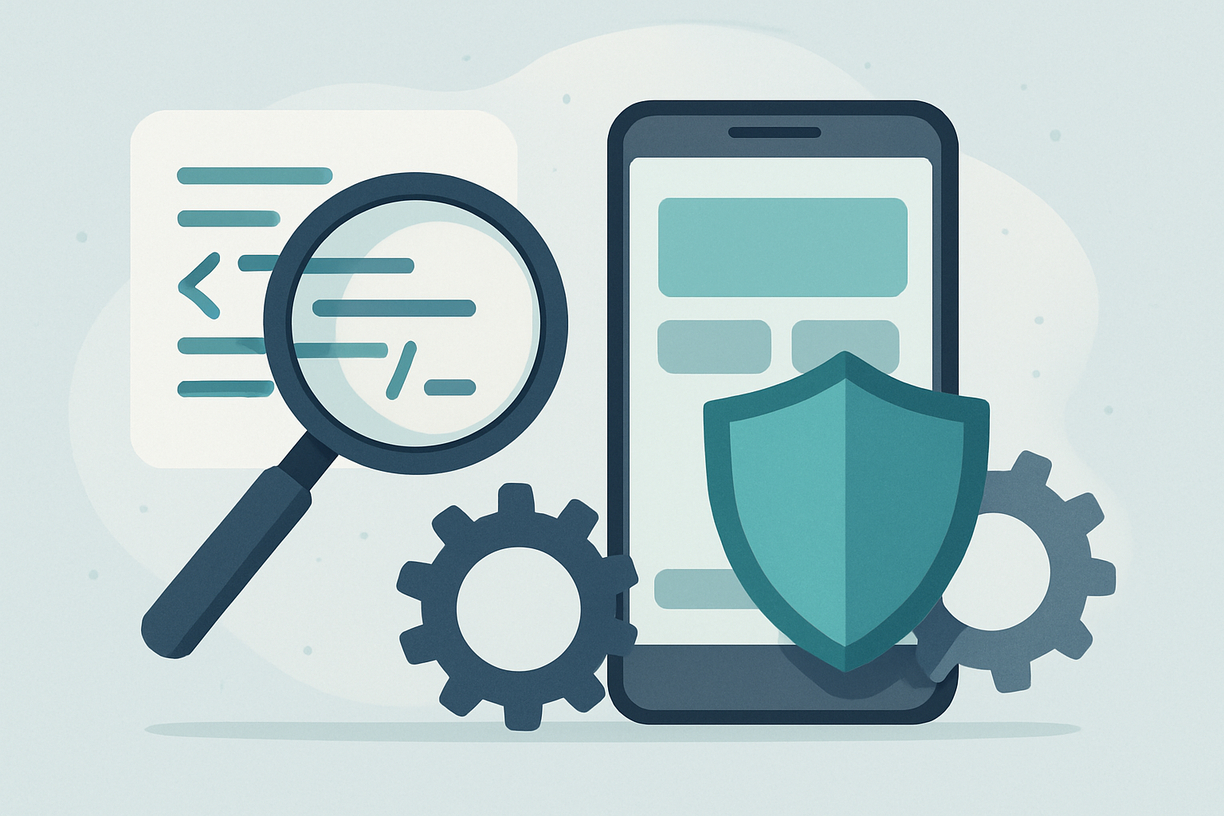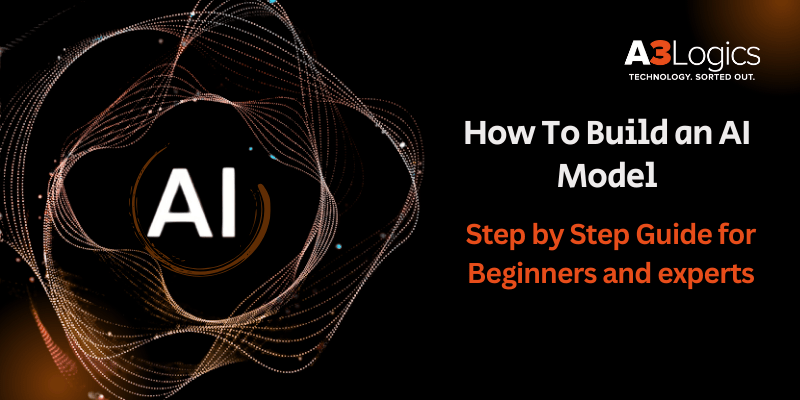Introduction
From the early days of pixelated arcade games to the immersive virtual worlds of today, the gaming industry has always been at the forefront of technical progress. However, a new paradigm shift is taking place as a result of blockchain technology, which is transforming the creation, play, and monetisation of games. Blockchain gaming is not just a buzzword; it represents a fundamental change in the interactive entertainment landscape, promising more transparency, ownership, and empowerment for players and developers alike.
Definition
Blockchain gaming refers to video games that incorporate blockchain technology to enable true ownership of in-game assets, such as characters, items, or currency, through the use of non-fungible tokens (NFTs) and cryptocurrencies. These games allow players to trade, sell, or transfer assets securely and transparently on decentralized networks, often giving them more control and economic stake in the gaming ecosystem.
What Is Blockchain Gaming?
At its core, blockchain gaming integrates blockchain technology – a decentralized, distributed ledger system – into video games. Unlike traditional games, where all game assets and data are controlled by a central authority (usually the game developer or publisher), blockchain games operate on a decentralized network where assets are stored on a blockchain.
This implies that players can safely, transparently, and verifiably own their in-game currency, characters, and things. These assets are often represented as Non-Fungible Tokens (NFTs) or cryptocurrencies, which can be traded, sold, or used across multiple games and platforms.
Key Features of Blockchain Gaming
1. True Ownership of Digital Assets
One of the biggest issues in traditional gaming is that players never really own their in-game items. They are licensed to use them but can lose them if the game server shuts down or if the developer bans their account. Blockchain gaming changes this by giving players true ownership of their digital assets, secured by blockchain’s immutable ledger.
2. Play-to-Earn (P2E) Models
Play-to-earn is a concept made popular by blockchain gaming, in which players can earn real-world value by playing the game. Instead of just spending money, players can generate income by selling NFTs, trading tokens, or winning rewards based on skill and effort.
3. Interoperability Across Games
Traditional games exist in isolated ecosystems, but blockchain allows interoperability where digital assets can move seamlessly between games. Imagine owning a character skin or a weapon that you can use in multiple games, creating a connected metaverse of gaming experiences.
4. Transparency and Security
Blockchain’s decentralized nature means no single entity controls the game’s data, reducing risks of fraud, cheating, or censorship. Players can verify the rarity and authenticity of items, track ownership history, and enjoy a fairer gaming environment.
How Blockchain Gaming Works
It helps to examine the fundamental elements of blockchain gaming in order to comprehend it:
- Blockchain Network: The game runs on a blockchain like Ethereum, Binance Smart Chain, or specialized gaming blockchains such as Immutable X or Flow.
- NFTs: These tokens represent unique in-game items or characters. Unlike cryptocurrencies, NFTs are one-of-a-kind and cannot be duplicated.
- Cryptocurrencies: Games often use their own tokens as currency for transactions, rewards, and staking mechanisms.
- Smart Contracts: They manage the logic of transactions and enforce rules transparently on the blockchain.
Players interact with these components via a digital wallet, which stores their assets and tokens securely.
Benefits of Blockchain Gaming
Empowering Players:
Blockchain gaming puts players in the driver’s seat. Players become stakeholders in the ecosystem, able to monetize their time and effort. This democratization fosters more community involvement and loyalty.
Encouraging Innovation:
Developers are motivated to create more engaging and fair games since blockchain reduces cheating and fraud risks. The decentralized structure allows for new game mechanics, like decentralized autonomous organizations (DAOs), where players collectively govern the game’s future.
Redefining Game Economies:
With blockchain, game economies become self-sustaining and transparent. Developers can design tokenomics that reward player participation and maintain balance between supply and demand. This sustainability is often missing in traditional gaming economies.
Challenges and Considerations
Despite its promise, blockchain gaming still faces hurdles:
- Technical Complexity: Integrating blockchain technology requires expertise and can increase development time and costs.
- Scalability Issues: Popular blockchains sometimes suffer from slow transaction speeds and high fees, which can hinder smooth gameplay.
- Regulatory Uncertainty: The legal status of NFTs and cryptocurrencies varies worldwide, creating uncertainty for developers and players.
- User Experience: Managing wallets and understanding blockchain concepts can be daunting for casual gamers, creating barriers to adoption.
The Future of Blockchain Gaming
The future looks bright as the technology matures and user adoption grows. Here are some trends to watch:
Metaverse Integration:
Blockchain gaming is a key pillar of the emerging metaverse – a collective virtual shared space where users can interact, work, and play. Blockchain guarantees interoperability and asset ownership in these vast virtual worlds.
Cross-Platform and Mobile Gaming:
Developers are focusing on bringing blockchain games to mobile and consoles, making them more accessible to mainstream audiences.
Eco-Friendly Solutions:
New blockchain protocols are addressing environmental concerns by adopting energy-efficient consensus mechanisms, making blockchain gaming more sustainable.
Hybrid Models:
Some developers are combining traditional gaming elements with blockchain features to create seamless experiences that appeal to both blockchain enthusiasts and mainstream gamers.
Growth Rate of Blockchain Gaming Market
According to Data Bridge Market Research,the size of the worldwide blockchain gaming market was estimated at USD 14.07 billion in 2024 and is projected to grow at a compound annual growth rate (CAGR) of 66.45% to reach USD 829.02 billion by 2032.
Learn More: https://www.databridgemarketresearch.com/reports/global-blockchain-gaming-market
Conclusion
The way that players, developers, and game economies interact is being transformed by blockchain gaming, which is transforming interactive entertainment. By enabling true ownership, fair monetization, and decentralization, blockchain is empowering gamers and opening new avenues for innovation and creativity.






